The Mona Lisa
Oil on panel, cm 74 x 50.5
With frame, cm 106 x 76
The mystery of this picture has always been one of the most famous masterpieces in the world. According to the story told by Vasari in 1503, Leonardo receives a commission from Francesco del Giocondo, a Florentine silk merchant who asks him to paint a portrait of his wife Lisa Gherardini (hence the two names with which she is known). Leonardo trying to perfect the work will bring it with him in France, when, in 1516, he is called by the king of France Francis I to become a court painter. After his death he almost immediately entered the collections of the French kings, passing through the Louvre in 1665 and then to Versailles in the private gallery of Louis XIV, before returning to the Louvre after the French Revolution of 1797.
Napoleon also particularly loves the painting so much that he moved it for a certain period of time in the Tuileries Palace to decorate Giuseppina’s room. Between 1804 - 1805 returns to the Louvre definitively.
The Mona Lisa was the protagonist of one of the most sensational art thefts in history whose media hype has contributed to making the painting among the best known in the world and the Louvre the most visited museum in the world. On 21 August 1911, the painting mysteriously disappeared from the Louvre Museum in Paris, triggering an international investigation that lasted two years. The thief, Vincenzo Peruggia, an Italian painter who at that time worked at the Louvre, was convinced that the Mona Lisa had been unjustly stolen from Italy by Napoleon Bonaparte. His plan was simple: to hide in a museum closet during the night, and the next morning, taking advantage of the closing of the museum, steal the painting and bring it back home. The discovery of theft upset the art world. The French police launched a close investigation, which initially focused on possible accomplices inside the Louvre. Hundreds of people were interviewed, including artists, collectors and art dealers, including Apollinaire and Picasso. Two years later, in December 1913, the Mona Lisa was found in Florence, in a hotel where Vincenzo Peruggia was staying. The thief, who had tried to sell it to an antique dealer, was arrested and sentenced to one year and seven months in prison. Before returning to France, the work was exhibited for a short period of time in Italy.
The object is in good condition
With Ars Antiqua you can defer all amounts up to a maximum of € 7,500 at ZERO RATE, for a total of 15 INSTALLMENTS.
Ex. Tot. € 4,500 = Monthly installment € 300 for 15 months.
Ex. Tot. € 3,600 = Monthly installment € 720 for 5 months.
For amounts over €7,500 or for a longer grace period (over 15 installments), we can provide a custom payment.
Contact us directly to get the best quote.
LIVE TV
- SUNDAY 17.00 - 21.00 Dig.terr. 126 + 809 SKY
- THURSDAY 21.00 - 24.00 Dig.terr. 134 + 809 SKY
- Streaming on our website www.arsantiquasrl.com and on our social networks Facebook and Youtube
All the works proposed by Ars Antiqua are sold accompanied by a certificate of authenticity in accordance with the law and accurate fact sheet.
You can see the works directly at the showroom gallery in Milan, in via Pisacane 55 and 57.
We personally organize transport and deliveries of the works, both for Italy and abroad





























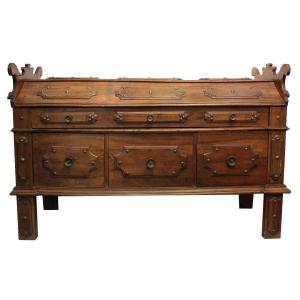

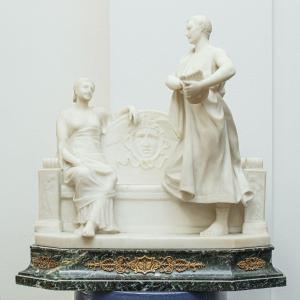
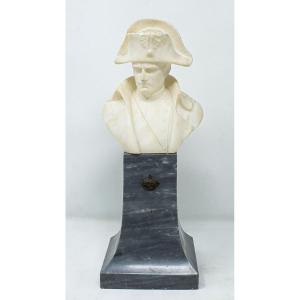

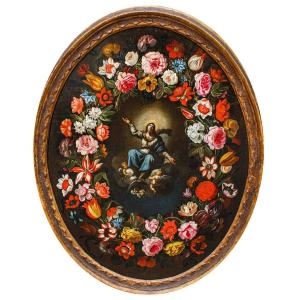


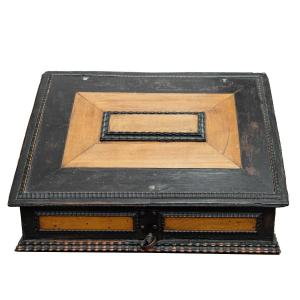


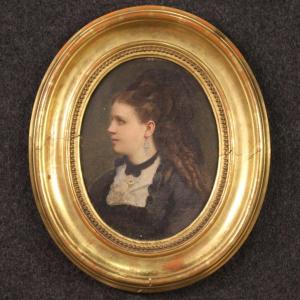

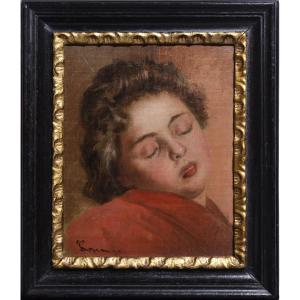



 Le Magazine de PROANTIC
Le Magazine de PROANTIC TRÉSORS Magazine
TRÉSORS Magazine Rivista Artiquariato
Rivista Artiquariato